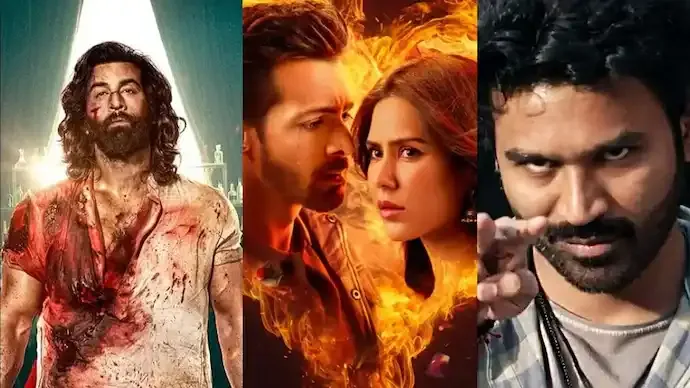Shopping cart
Your cart empty!
Terms of use dolor sit amet consectetur, adipisicing elit. Recusandae provident ullam aperiam quo ad non corrupti sit vel quam repellat ipsa quod sed, repellendus adipisci, ducimus ea modi odio assumenda.
Lorem ipsum dolor sit amet consectetur adipisicing elit. Sequi, cum esse possimus officiis amet ea voluptatibus libero! Dolorum assumenda esse, deserunt ipsum ad iusto! Praesentium error nobis tenetur at, quis nostrum facere excepturi architecto totam.
Lorem ipsum dolor sit amet consectetur adipisicing elit. Inventore, soluta alias eaque modi ipsum sint iusto fugiat vero velit rerum.
Sequi, cum esse possimus officiis amet ea voluptatibus libero! Dolorum assumenda esse, deserunt ipsum ad iusto! Praesentium error nobis tenetur at, quis nostrum facere excepturi architecto totam.
Lorem ipsum dolor sit amet consectetur adipisicing elit. Inventore, soluta alias eaque modi ipsum sint iusto fugiat vero velit rerum.
Dolor sit amet consectetur adipisicing elit. Sequi, cum esse possimus officiis amet ea voluptatibus libero! Dolorum assumenda esse, deserunt ipsum ad iusto! Praesentium error nobis tenetur at, quis nostrum facere excepturi architecto totam.
Lorem ipsum dolor sit amet consectetur adipisicing elit. Inventore, soluta alias eaque modi ipsum sint iusto fugiat vero velit rerum.
Sit amet consectetur adipisicing elit. Sequi, cum esse possimus officiis amet ea voluptatibus libero! Dolorum assumenda esse, deserunt ipsum ad iusto! Praesentium error nobis tenetur at, quis nostrum facere excepturi architecto totam.
Lorem ipsum dolor sit amet consectetur adipisicing elit. Inventore, soluta alias eaque modi ipsum sint iusto fugiat vero velit rerum.
Do you agree to our terms? Sign up

A noticeable shift has taken hold in commercial Hindi cinema. The troubled, aggressive male protagonist is back, and the industry is investing heavily in characters who romanticize obsession, control, and dominance. The recent Diwali release, Ek Deewane Ki Deewaniyat, which features an obsessive lover pursuing the heroine relentlessly, has delivered strong box office numbers. Its success is being viewed as part of a broader revival of the toxic cinematic hero.
This renewed fascination can be traced to the thunderous performance of Animal in 2023, which collected more than Rs 900 crore worldwide. The film framed its lead character, a violent, possessive man played by Ranbir Kapoor, as a misunderstood product of childhood trauma. Despite criticism for glorifying misogyny, audiences embraced the spectacle, encouraging filmmakers to replicate the formula.
A pattern is now visible across new titles. Aanand L. Rai’s upcoming Tere Ishk Mein features Dhanush as a man driven into violent frustration after rejection, hinting at psychological intimidation masked as romance. In Prabhas’ awaited venture Spirit, directed by Sandeep Reddy Vanga, the teaser emphasizes a single line: “Bachpan se meri ek buri aadat hai,” amplifying a personality steeped in self-assured aggression. Hashtags around this “bad habit” have already gone viral, signaling audience curiosity.
Filmmaker Luv Ranjan has long depended on narratives that portray women through a problematic lens. His upcoming sequel, De De Pyaar De 2, continues the trope of a significantly older male lead pursuing a younger woman. It highlights a theme that once defined commercial romance across decades: the flawed hero whose possessiveness is framed as passion.
A look at the past reveals that this is not new. Earlier decades normalized persistent pursuit, jealousy, and dominance under the guise of love. Romantic comedies often included harassment played for humor, or story arcs where the heroine is “reformed” by the hero’s controlling love. The industry seems to be circling back to the same mold, relying on nostalgia and proven patterns rather than newer expressions of relationships.
The resurgence has more than one driving force. A financially stressed film industry is quick to adopt anything that brings audiences to cinemas. Box office figures reflect that films featuring macho, problematic male leads continue to deliver strong commercial returns. Ek Deewane Ki Deewaniyat crossed its production cost rapidly and continues to maintain audience pull, reinforcing the belief that this character archetype sells.
As online platforms provide unlimited access to provocative content and sensational quick gratification, mainstream cinema appears to be chasing similar shock value to remain relevant and commercially secure.
Whether this wave transforms into a long-term storytelling strategy or gives way to more progressive narratives will depend on how far audiences continue to reward such portrayals.
9
Published: Oct 27, 2025